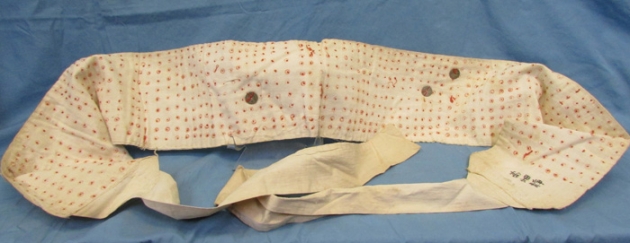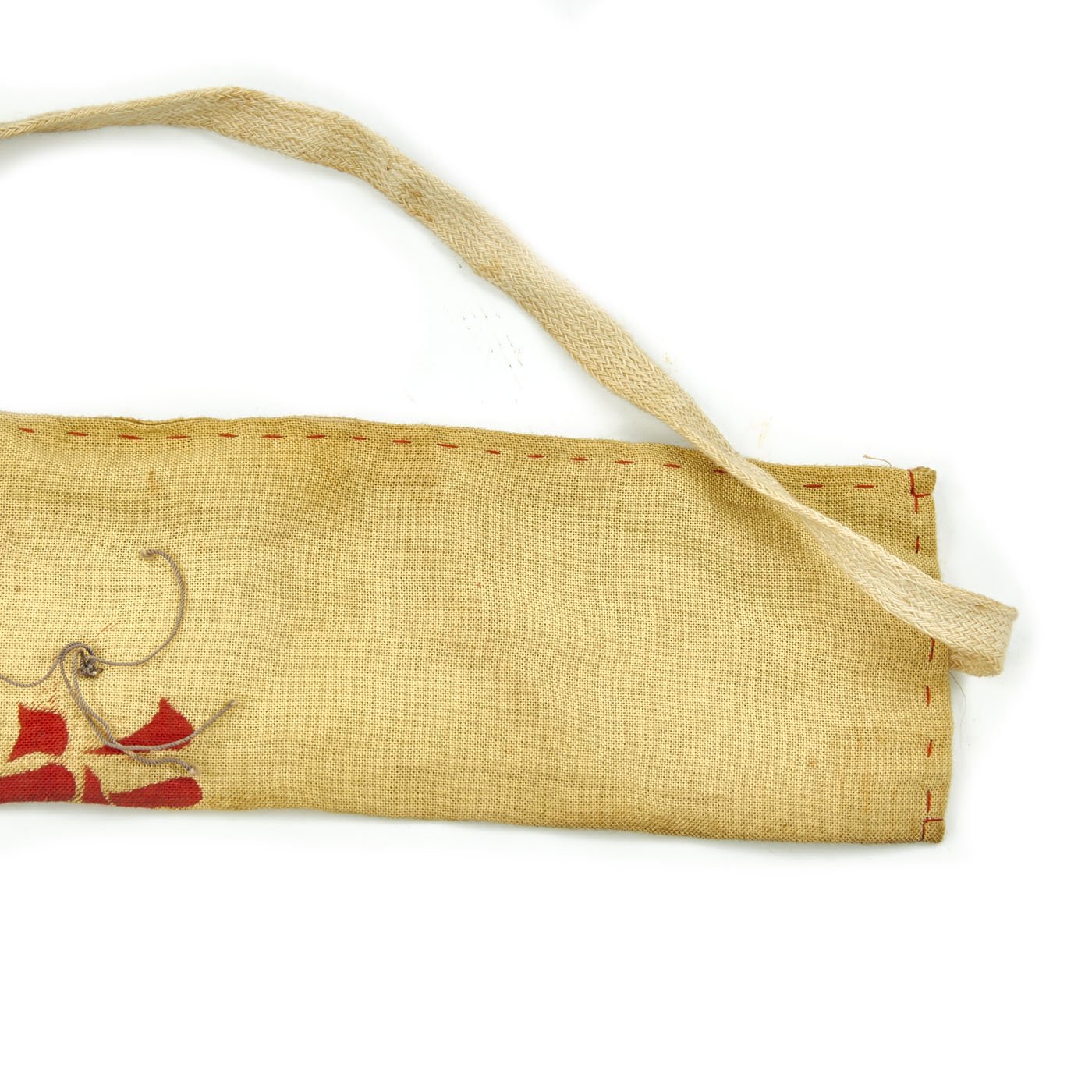
The programme also highlights the varied artistic uses made of colour film in Japan. Devised by the Konishiroku Shashin Kogyo laboratory, this became celebrated for its three-strip process, which was able vividly to reproduce a broad range of colours and shades. This year we have a particular focus on Konicolor, featured in three of the films included in the programme. The films screened will illustrate various colour processes, including imported Eastmancolor and the indigenous Fujicolor and Konicolor formats. The rest of the programme explores various manifestations of colour cinema in the 1950s, spanning the seven years from the first commercial full-length feature film in colour, Keisuke Kinoshita’s Karumen kokyo ni kaeru ( Carmen Comes Home, 1951) to the same director’s flamboyant historical fable, Narayama bushiko ( The Ballad of Narayama, 1958), with its colour schemes inspired by traditional theatre and arts. The earliest film in this retrospective, shown here in a new restoration of the surviving footage, is Sennibari ( The Thousand-Stitch Belt), a 1937 film made using a pioneering two-strip colour process. In so doing, we highlight the diverse artistic uses to which colour technology in Japan was put.Īlthough widespread use of colour in commercial film only began in the postwar years, experiments with colour process had been undertaken in the 1930s.



Safe and healthy food.Ī piece of cloth can be strengthened the more stitches you add onto it. Perhaps we can find ourselves in those works and see how we are living today.ĭiversity. Handworks shape the soul of their creators. Some handworks were born out of sorrow and war. Throughout the world, as a tool for living and community connections. It has been handed down from one generation to another It often faces dismissal for theĪccusation that it constituted women’s participation in war. “Senninbari (one thousand needles)” is hardly known today, or if it is Took part in making amulets to protect soldiers from bullets with

During the wars in the last century, a vast majority of women in Japan


 0 kommentar(er)
0 kommentar(er)
